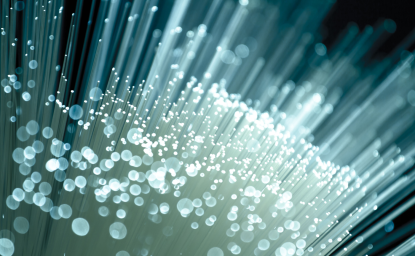
A blog of the Wilson Center

The concentration of fine particulate pollution in Delhi, India is 10.7 times higher than WHO annual air quality guidelines.
Every autumn there is a dramatic increase in air pollution in India, especially in Delhi, where decreasing winds and falling temperatures act as a trap for pollutants. It’s also the time of year when farmers perform their annual burn, removing excess paddy straw in order to clear land for the next crop. The resulting smoke spreads across the country, and combines with other hazardous pollutants, largely generated in cities. In early November of this year, that combination created a mass of smoke pollution thick enough that it could be seen in NASA satellite imagery, and led to some primary schools closing until pollution levels were safer.
The health risks in such pollution are very real. Fine particulate particles—what scientists refer to as PM 2.5—are made up of specks of sulfate, nitrate, and black carbon that have been shown in some cases to clog lungs, impair cognitive and immune functions, and cause various diseases. These particles are one-thirteenth of the width of a human hair, and can make their way into the lungs and bloodstream. Some researchers say breathing Delhi’s air is like smoking 25-30 cigarettes a day. A study from the Air Quality Life Index by the Energy Policy Institute at the University of Chicago posits that with current pollution levels, nearly 40% of India’s population will die 7.6 years earlier. If pollution levels were reduced to meet WHO minimum recommendations, 240 million Indians would have 10 years added to their lives.
India’s pollution problem is not new, but it is getting worse. The Swiss air quality company IQAir now ranks Delhi, India as the world’s second most polluted city. This year, the monsoon rains arrived later in the season, causing Indian farmers’ burning season to continue over the Hindu festival of Diwali—a holiday celebrated with fireworks throughout India, which contributes to the increasing amount of pollution and smoke in the air. Firecrackers were prohibited during Diwali, and were banned from use during the Cricket World Cup that was played in New Delhi’s Arun Jaitley Stadium. Despite this, many did not listen, increasing pollution levels in India.
Government officials are taking steps to try to combat the pollution problem. For instance, New Delhi’s Environmental Minister, Gopal Rai, announced a weeklong odd-even rule where vehicles categorized by their license plate numbers stayed off the streets on alternating days. India’s national government has limited construction, enlisted water-spraying trucks, and other efforts to reduce pollution levels.
Minister Rai is also hoping for approval from India’s Supreme Court to use a technique called cloud seeding to help clear the air. Cloud seeding speeds up the condensation of moisture in clouds to create rain. It’s done using airplanes or generators that inject clouds with salts like silver or potassium iodide. The salts act as a catalyst to combine water droplets in clouds that bring rain. However, the conditions have to be perfect for rain to be produced, and more research is needed to understand its effectiveness and potential longterm implications.
With 2023 very likely to be deemed the hottest year on record, solutions for the dangerous smog that hovers over portions of India are in greater demand than ever. Friends of India worry that air pollution challenges could threaten the country’s ambitious plans for attracting new investment and creating economic opportunities. They argue that helping India shape effective approaches to meeting its pollution challenge is in everyone’s best interest. Not only would it accelerate commerce and economic alliances, but it may help other cities, for the problem faced by Delhi now may be just a taste of what others will confront in the years ahead.
Author

Explore More in Stubborn Things
Browse Stubborn Things
Spying on Poachers

China and the Chocolate Factory

India: Economic Growth, Environmental Realities
